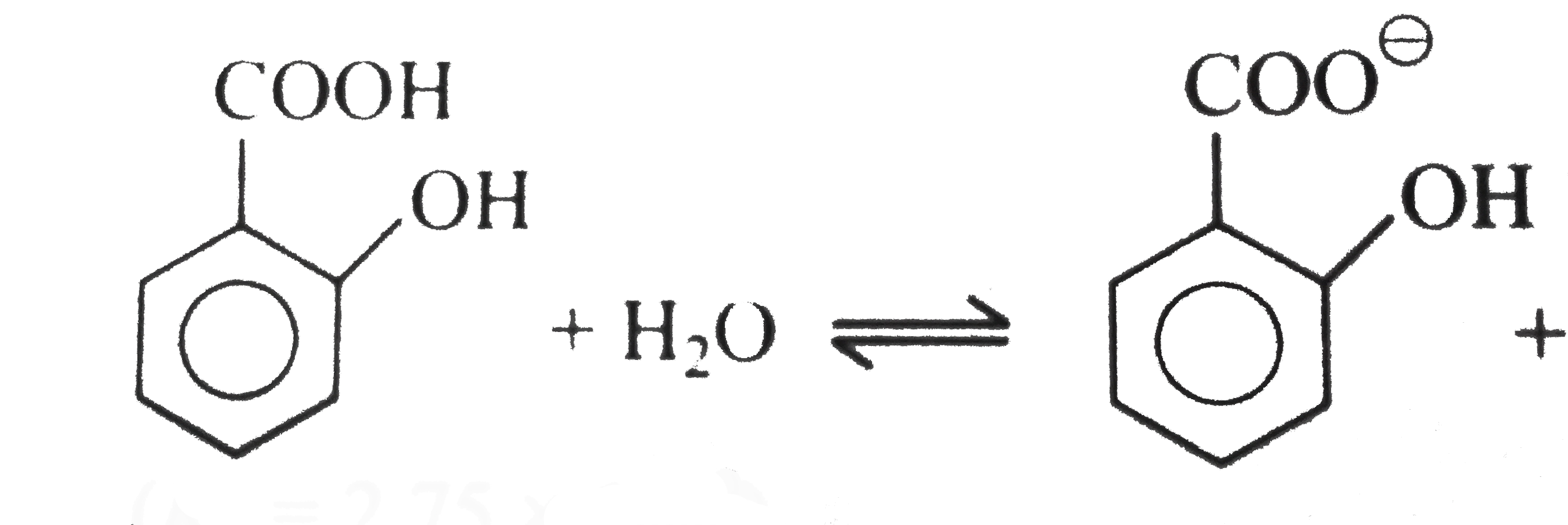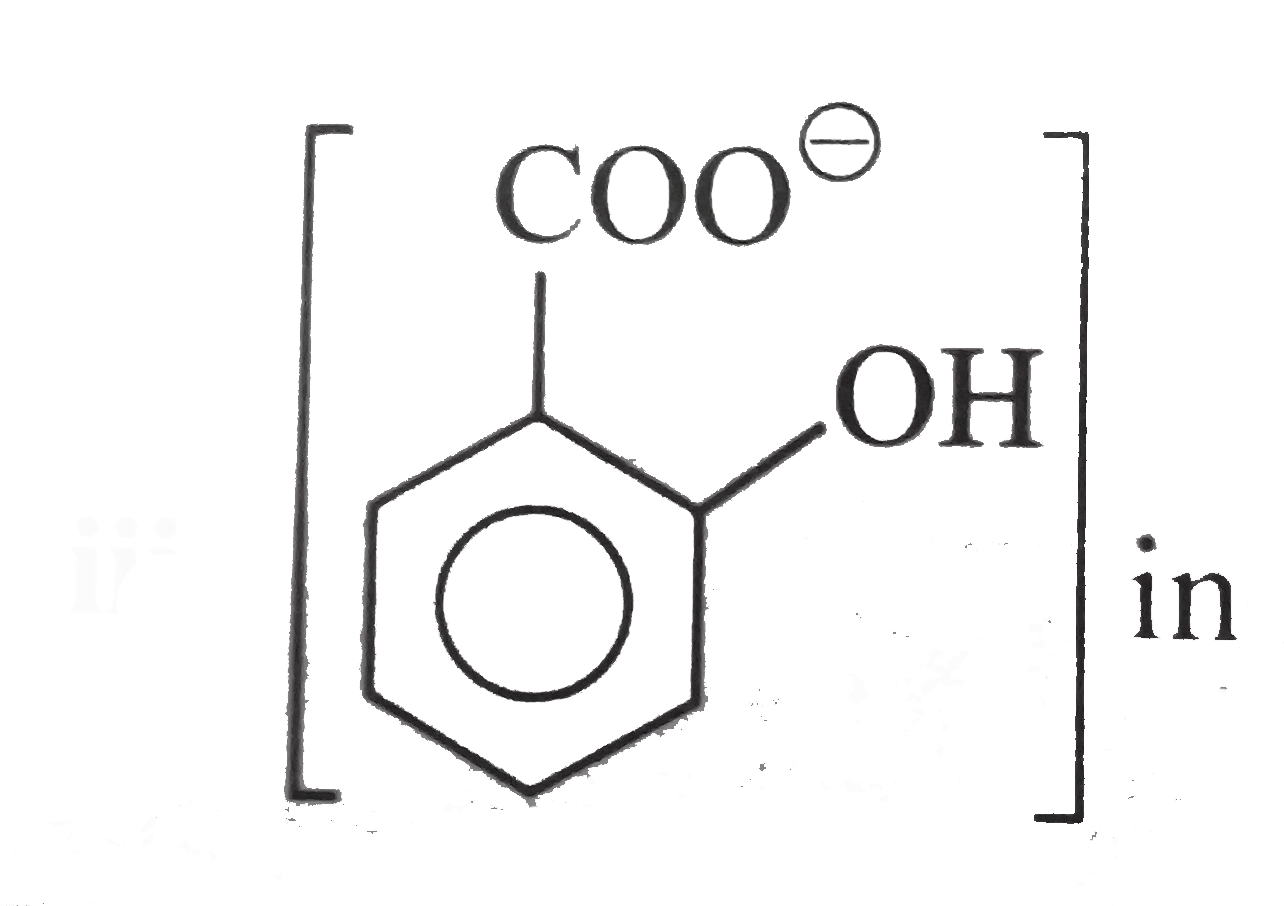Complete Solutions to Exercises Subjective (Weak Acid And Weak Bases) of chapter IONIC EQUILIBRIUM of Class 11 book with complete answers and questions
| Class 11 | CHEMISTRY |
| Chapter | IONIC EQUILIBRIUM |
| CENGAGE CHEMISTRY | Exercises Subjective (Weak Acid And Weak Bases) |
| Number Of Questions | 15 |
| Academic Year | 2023-24 |
a. Distinguish between acid strength and acid concentration.
b. Distinuish between weak base and an isoluble base.
View Solutiona. Write an equilibriu equation for a solution containing `CH_(3)COOH` and `CH_(3)COONa`. What effect does `CH_(3)COONa` have on a solution of `CH_(3)COOH`?
b. What reagents should be added to a solution to increase
i. `[CH_(3)COO^(Theta)]` ii. `[overset(o+)NH_(4)]`
View SolutionWhich of the reagents listed below could be added to water to make `0.1M` solutions of each of the following ions?
a. `overset(o+)NH_(4)`
b. `CH_(3)COO^(Theta)`
c. `C1^(Theta)`
i. `NH_(3)` ii. `NH_(4)C1`
iii. `CH_(3)COOH`
iv. `CH_(3)COONa`
v. `HC1`
vi. `NaC1`.
View SolutionSaccharin `(K_(a)=2xx10^(-12))` is a weak acid represented by formula HSaC. A `4xx10^(-4)` mole amount of saccharin is dissolved in 200 `cm^(3)` water of pH 3. Assuming no change in volume. Calculate the soncentration of `SaC^(-)` ions in the resulting solution at equilibrium.
View SolutionAccety`1` salocylic acid (aspirin) ionises in water as:

`(K_(a) = 2.75 xx 10^(-9))`
If two tablets of aspirin each of `0.32g` is dissolved in water to produce `250mL` solution, calculate

View SolutionCalculate the `[CH_(2)FCOOH]` (fluoroacetic acid) which is required to get `[H^(o+)] = 1.5 xx 10^(-3)M. K_(a)` of acid `=2.6 xx 10^(-3)`.
View SolutionCalculate the dissociation constant of `NH_(4)OH` at `298k`, if `DeltaH^(Theta)` and `DeltaS^(Theta)` for the given changes are as follows:-
`NH_(3) + H^(o+) hArr overset(o+)NH_(4)`,
`DeltaH^(Theta) =- 52.2 KJ mol^(-1), DeltaS^(Theta) = 1.67 J K^(-1)mol^(-1)`
`H_(2)O hArr H^(o+) + overset(Theta)OH, DeltaH^(Theta) = 56.6 kJ mol^(-1)`.
`DeltaS^(Theta) =- 76.53 JK^(-1)mol^(-1)`
View SolutionDetermine the dergee of dissociation of `0.05 M NH_(3)` at `25^(@)C` in a solution of `pH = 11`.
`K_(b) = 1.77 xx 10^(-5) (pK_(b) = 4.75)`
View SolutionIn the eqantitative analysis `Bi^(3+)` is detected precipitation of `[BiO (OH)(s)]` [bismuthy`1` hydroxide). Calculate the `pH` when the following equilibria exists:
`BiO (OH)(s) hArr BiO^(o+)(aq) + overset(Theta)OH (aq) (K = 4 xx 10^(-10))`
View SolutionCalculate the `[overset(Theta)OH]` of `[NH_(2)C_(2)H_(4)NH_(3)]^(o+)` and `[H_(3)N-C_(2)H_(4)NH_(3)]^(2+)` in `0.15M` ethylene diamine (aq) if
`NH_(2)C_(2)H_(4)NH_(2)+H_(2)O hArr NH_(2)C_(2)H_(4)overset(o+)NH_(3)+overset(Theta)OH (K_(1) = 8.5 xx 10^(-5))`
`NH_(2)C_(2)H_(4)overset(o+)NH_(3) +H_(2)O hArr [NH_(3)C_(2)H_(4)NH_(3)]^(2+) + overset(Theta)OH (K_(2) = 2.7 xx 10^(-8))`
View SolutionCalculate `pH` of
a. `0.002 N CH_(3) COOH` having `2.3%` dissociation.
b. `0.002N NH_(4) OH` having `2.3%` dissociation.
View SolutionCalculate `[H^(o+)]` and `[CHC1_(2)COO^(Theta)]` in a solution that is `0.01M HC1` and `0.01M CHC1_(2)COOH. K_(a)` for `CHC1_(2)COOH` is `5 xx 10^(-3)`.
View SolutionA solution contains `0.09 HC1, 0.09 M CHC1_(2)COOH`, and `0.1M CH_(3)COOH`. The `pH` of this solution is one. Calculate `K_(a)`for `CHC1_(2)COOH`. (Given `K_(a)CH_(3)COOH = 10^(-5))`
View SolutionWhat is the concentration of `CH_(3)COOH` which can be added to `0.5M HCOOH` solution so that dissociation of both is same.
`K_(CH_(3)COOH) = 1.8 xx 10^(-5), K_(HCOOH) = 2.4 xx 10^(-4)`
View SolutionWhat are `[H^(o+)], [A^(Theta)`, and `[B^(Theta)]` in a solution that is `0.3M HA` and `0.1M HB? K_(a)` for `HA` and `HB` are `1.38 xx 10^(-4)` and `1.05 xx 10^(-10)`, respectively.
View Solution
Exercises Subjective (Weak Acid And Weak Bases) questions and complete solutions for chapter IONIC EQUILIBRIUM of CENGAGE CHEMISTRY (HINGLISH) of Class 11
All Exercises from CENGAGE CHEMISTRY Class 11 CHEMISTRY IONIC EQUILIBRIUM
- Archives Fill In The Blanks
- Archives Integer
- Archives Multiple Correct
- Archives Single Correct
- Archives Subjective
- Archives True/False
- Ex 8.1
- Ex 8.2
- Ex 8.3
- Ex 8.4
- Ex 8.5
- Exercises Assertion-Reasoning
- Exercises Integer
- Exercises Linked Comprehension
- Exercises Multiple Correct
- Exercises Single Correct
- Exercises Subjective (Buffer Solutions)
- Exercises Subjective (Hydrolysis Of Salt)
- Exercises Subjective (Polyprotic Acid)
- Exercises Subjective (Weak Acid And Weak Bases)
- Exercises Subjective(Coordination Equilibria)
- Exercises True/ False
- Solved Examples